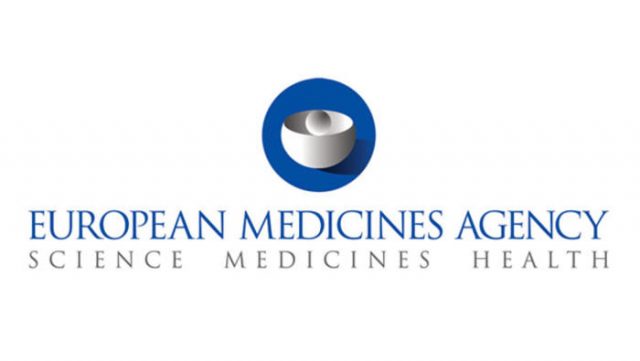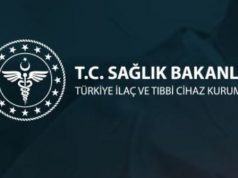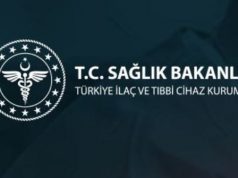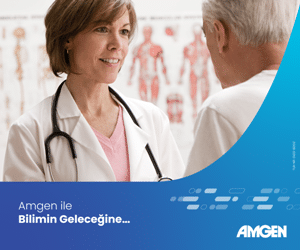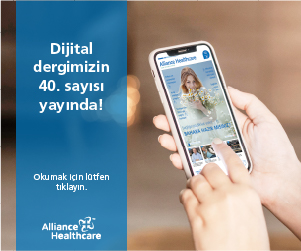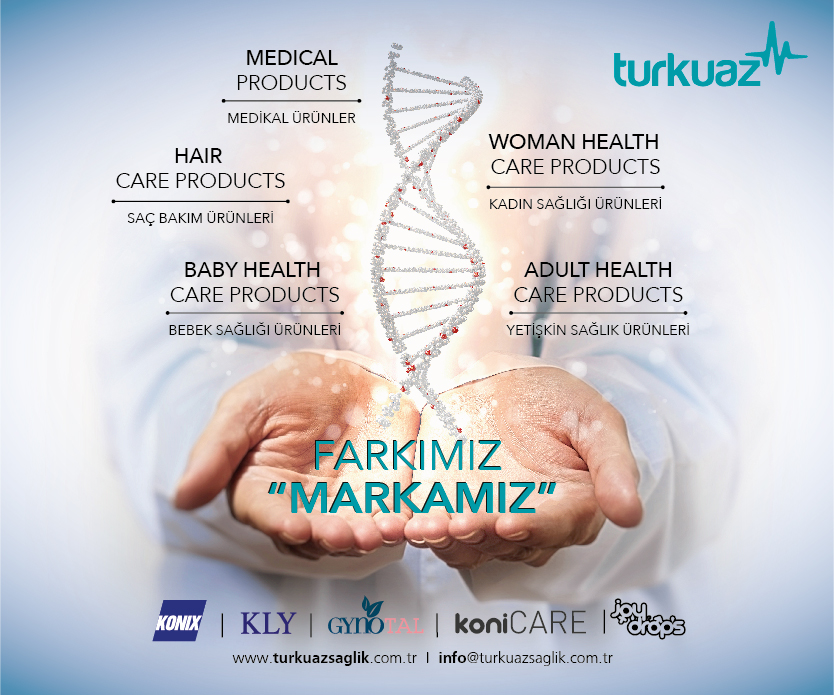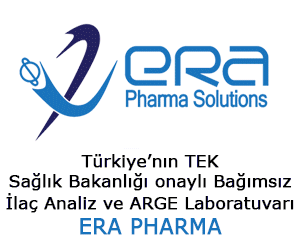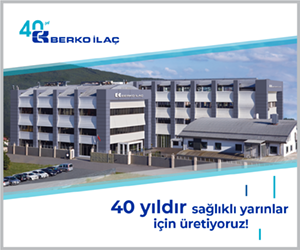Avrupa İlaç Ajansı tarafından onaylanmış onkoloji ilaçlarının genel sağkalım ve yaşam kalitesine sağladığı kanıtların varlığı:
ilaç onaylarının retrospektif kohort çalışması 2009-13
Sonuçlar ; 2009-13 EMA tarafından onkoloji onaylarının sistematik olarak değerlendirilmesi;
çoğu ilacın hayatta kalma veya yaşam kalitesinde fayda sağlayan kanıtı olmadan pazara girdiğini göstermektedir.
Pazar girişinden sonra en az 3.3 yıl sonra, bu ilaçların çoğu kanser endikasyonu için yaşam süresini uzattığını veya iyileştiğini gösteren kesin bir kanıt bulunamamıştır.
Mevcut tedavi seçenekleri veya plaseboya kıyasla sağkalım kazançları elde edildiğinde, bunlar genellikle marjinal kalmıştır.
Abstract
Objective To determine the availability of data on overall survival and quality of life benefits of cancer drugs approved in Europe.
Design Retrospective cohort study.
Setting Publicly accessible regulatory and scientific reports on cancer approvals by the European Medicines Agency (EMA) from 2009 to 2013.
Main outcome measures Pivotal and postmarketing trials of cancer drugs according to their design features (randomisation, crossover, blinding), comparators, and endpoints. Availability and magnitude of benefit on overall survival or quality of life determined at time of approval and after market entry. Validated European Society for Medical Oncology Magnitude of Clinical Benefit Scale (ESMO-MCBS) used to assess the clinical value of the reported gains in published studies of cancer drugs.
Results From 2009 to 2013, the EMA approved the use of 48 cancer drugs for 68 indications. Of these, eight indications (12%) were approved on the basis of a single arm study. At the time of market approval, there was significant prolongation of survival in 24 of the 68 (35%). The magnitude of the benefit on overall survival ranged from 1.0 to 5.8 months (median 2.7 months). At the time of market approval, there was an improvement in quality of life in seven of 68 indications (10%). Out of 44 indications for which there was no evidence of a survival gain at the time of market authorisation, in the subsequent postmarketing period there was evidence for extension of life in three (7%) and reported benefit on quality of life in five (11%). Of the 68 cancer indications with EMA approval, and with a median of 5.4 years’ follow-up (minimum 3.3 years, maximum 8.1 years), only 35 (51%) had shown a significant improvement in survival or quality of life, while 33 (49%) remained uncertain. Of 23 indications associated with a survival benefit that could be scored with the ESMO-MCBS tool, the benefit was judged to be clinically meaningful in less than half (11/23, 48%).
Conclusions
This systematic evaluation of oncology approvals by the EMA in 2009-13 shows that most drugs entered the market without evidence of benefit on survival or quality of life. At a minimum of 3.3 years after market entry, there was still no conclusive evidence that these drugs either extended or improved life for most cancer indications. When there were survival gains over existing treatment options or placebo, they were often marginal.
Introduction
Before new prescription medicines are allowed onto the market, they must be tested in studies and show, to the satisfaction of drug regulatory agencies, that their benefits outweigh the harms of drug toxicity. The most informative and valuable studies are those providing robust evidence from well designed randomised controlled trials that a new drug has a significant effect on outcomes that are important to patients and that the magnitude of those effects, compared with other treatment options, are clinically meaningful. Although the goal of cancer treatment is to improve the quantity and quality of life,123 clinical trials designed to gain regulatory approval for new drugs often evaluate indirect or “surrogate” measures of drug efficacy. These endpoints show that an agent has biological activity, but they are not reliable surrogates for improved survival4567891011 or quality of life46111213 in all settings, and two recent systematic reviews suggest that the strength of association between surrogates in cancer clinical trials and life extension is generally low.814 Moreover, there is growing concern that the benefits offered by many new treatments for cancer—often discussed and promoted as “breakthroughs”15161718—are marginal and might not be clinically meaningful to patients, despite rapidly escalating costs.1920212223 Consequently, there have been calls to raise the evidence bar for market authorisation of new cancer drugs.152123242526
No recent studies have systematically examined the evidence base and magnitude of benefit for cancer drugs approved by the European Medicines Agency (EMA).272829 Available data from the US show that only a small proportion of cancer treatments approved by the US Food and Drug Administration (FDA) unequivocally show benefits on survival or quality of life.30 The applicability of this evidence to the European context, however, is not clear. Recent FDA-EMA comparisons show differences in regulatory decisions, route of approval, and availability of cancer drugs that could have important implications for clinical practice and patient safety.3132333435 In particular, regulatory provisions for expediting drug development and approval differ between the US and the EU,32with EU regulation being more restrictive in scope.36 This could lead to divergent outcomes between the two regions.
The proportion of cancer drugs approved by the EMA without any demonstrable benefits on survival or quality of life is not known. In addition, whether treatments approved without evidence of benefit on survival are subsequently shown to improve survival or quality of life in postmarketing studies has not been characterised.
We sought to systematically evaluate the evidence base for all new drugs and new indications for the treatment of solid tumours and haematological malignancies approved by the EMA in the five year period 2009-13. We determined the proportion of drugs with demonstrable benefit on survival or quality of life over available treatment options or placebo, both at time of approval and in the postmarketing period. In addition, we used a validated scale to evaluate the magnitude of benefit of drugs in our sample showing a significant improvement on survival in the treatment of solid cancers.
Methods
Cohort of cancer drugs approved by EMA 2009-13
We searched the publicly available EMA database of European Public Assessment Reports using L01-04 ATC codes to identify “antineoplastic and immunomodulating” agents for solid tumours and haematological malignancies authorised from 1 January 2009 to 31 December 2013. Consistent with previous research,30 our study period ended in 2013, which allowed adequate time for the completion of randomised trials in the postmarketing period. We excluded paediatric indications, indications for the treatment of benign tumours, supportive treatments, and generic products (fig A in appendix). Authorised indications for each drug were identified by searching the EPAR document “Procedural steps taken and scientific information after authorisation.”
We distinguished between different types of regulatory approval. A “first marketing authorisation” indicates that the drug is a new active substance, approved onto the EU market for the first time. An “extension” to a marketing authorisation is when a marketed drug is approved for use in a new patient population, new combination, new line of treatment, or new type of cancer. By law, a “regular marketing authorisation” should be based on comprehensive evidence of quality, safety, and efficacy. “Conditional marketing authorisations” can be granted for drugs intended to treat patients with seriously debilitating or life threatening diseases and are expected to fulfil an unmet medical need. Conditional approvals are granted on the basis of less comprehensive data than required for a regular marketing authorisation, and companies are required to generate additional evidence in the postmarketing period.36 “Orphan drug” designation is granted for the treatment of rare cancers. We also categorised indications according to cancer site and stage of disease (specifically whether treatments were to be used in a curative or non-curative setting).
Data sources and search strategies
………………………………


